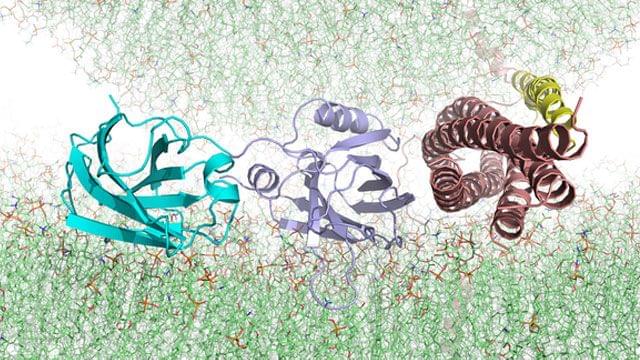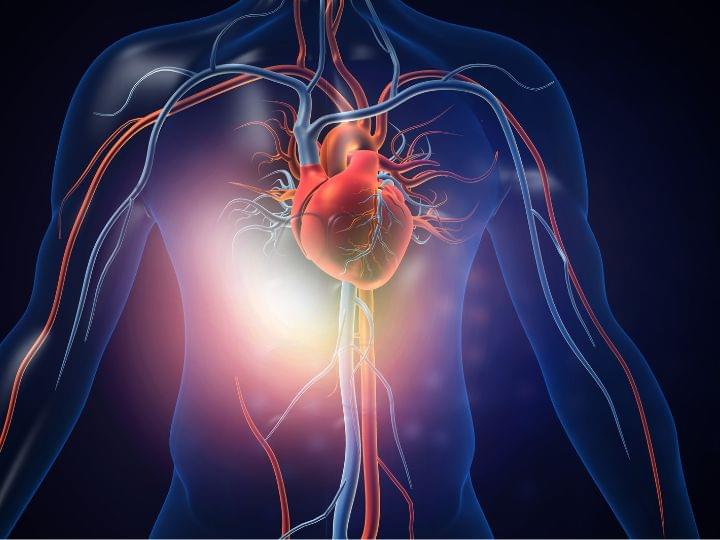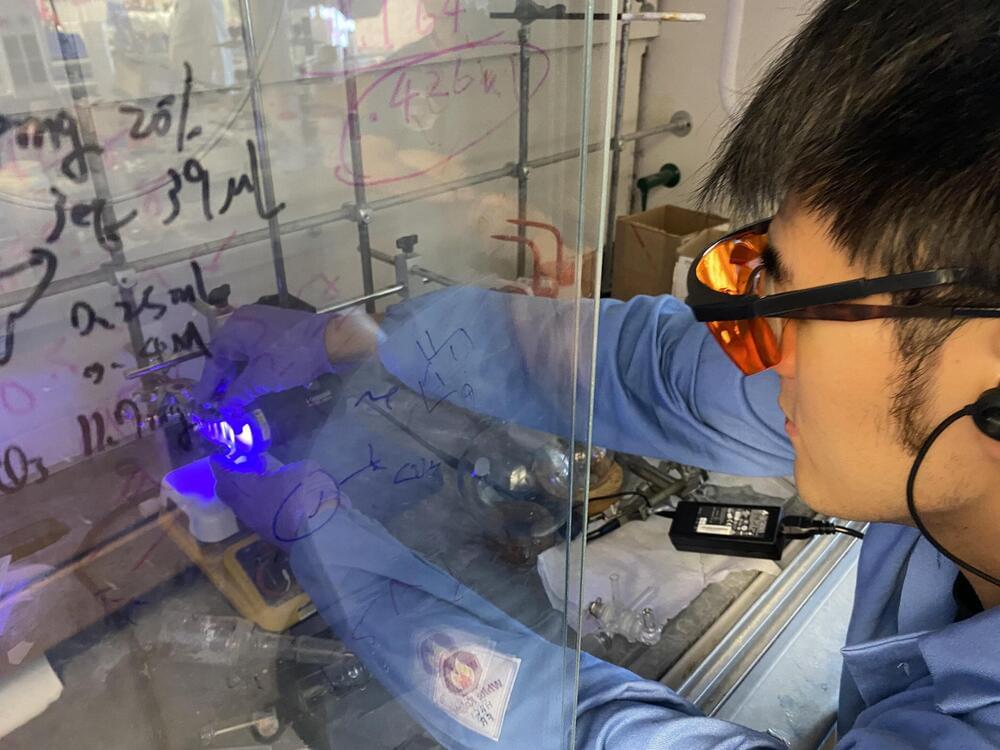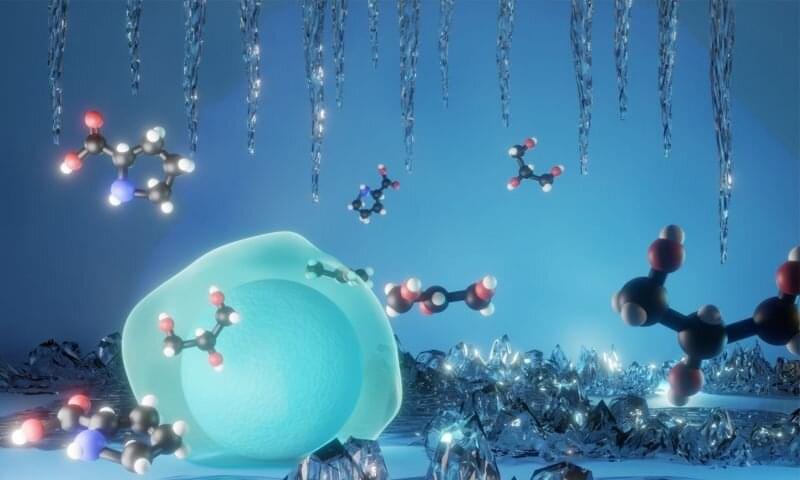Jun 24, 2022
Biometric authentication using breath
Posted by Genevieve Klien in categories: chemistry, privacy, robotics/AI, security
An artificial nose, which is combined with machine learning and built with a 16-channel sensor array was found to be able to authenticate up to 20 individuals with an average accuracy of more than 97%.
“These techniques rely on the physical uniqueness of each individual, but they are not foolproof. Physical characteristics can be copied, or even compromised by injury,” explains Chaiyanut Jirayupat, first author of the study. “Recently, human scent has been emerging as a new class of biometric authentication, essentially using your unique chemical composition to confirm who you are.”
The team turned to see if human breath could be used after finding that the skin does not produce a high enough concentration of volatile compounds for machines to detect.


















